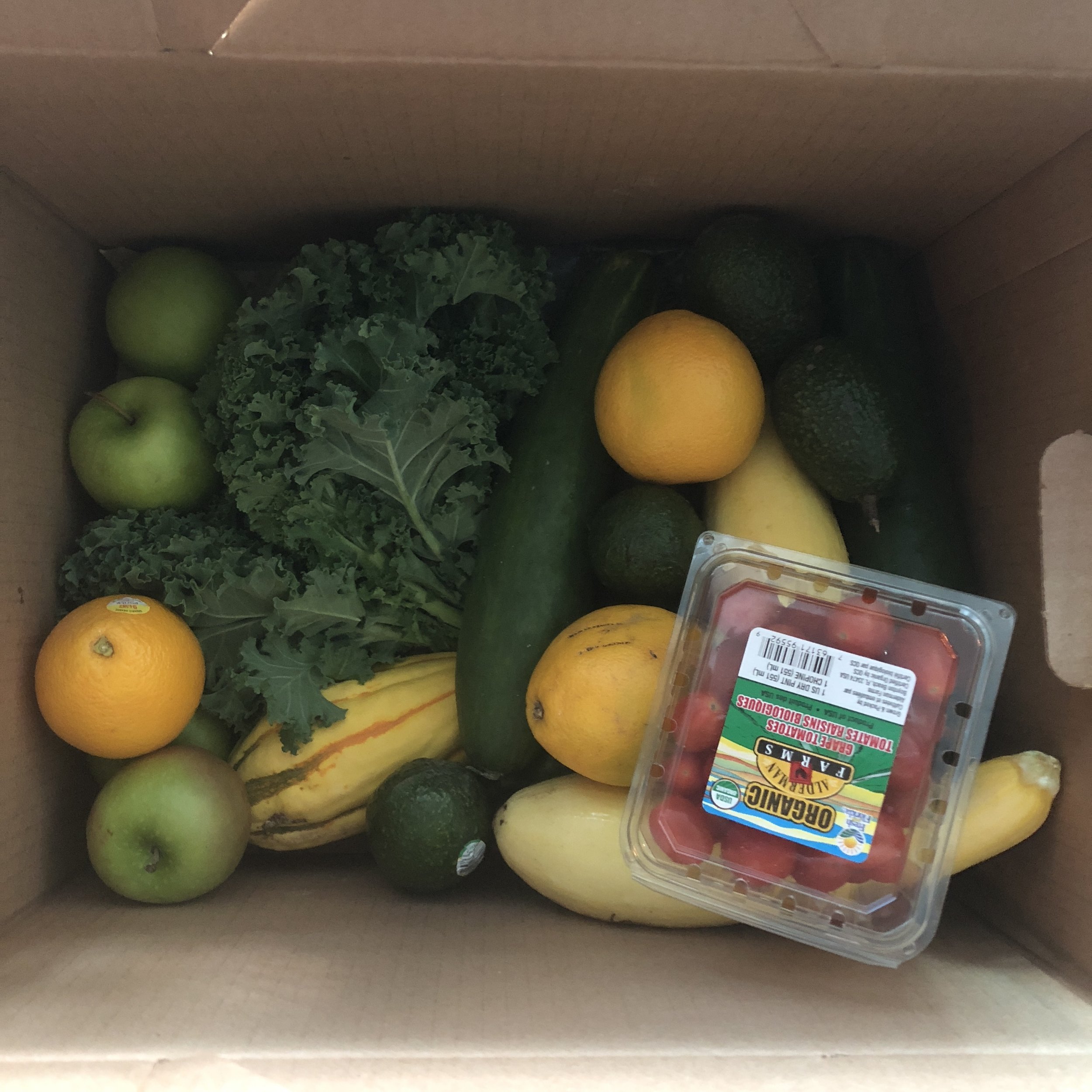Locally Grown: Why is it important?/ Local: por qué es importante?
You’ve probably heard the term “locally grown” but do you understand its importance? Why it is crucial to our planet’s health that we support local farmers?
To give yourself an idea, picture this for a second: You are in the grocery store filling your produce bag (hopefully, reusable cotton bag to avoid unnecessary single-use plastic ones) with dragonfruit. Do you stop to read where the fruit came from?
Do you see the tiny label that reads “Vietnamese Dragonfruit”?
Do you wonder about the miles it traveled to reach your hands? Or why this fruit is accesible to you if it’s not in season (or in existence at all!) in your town, city, state or country?
Most of the fruits and vegetables sold at grocery stores travel thousands of miles to reach us. According to the New York Times, more than 50% the fruits and 33% of the vegetables in America come from other countries! This translates into:
-massive amounts of CO2 emissions just in transportation
-unnecessary food waste. Produce is perishable, suffers during transportation, and those not aesthetically pleasing (yet still edible!) get discarded by grocery stores.
-global monocrops (crops of a single vegetable, fruit, plant or flower) that deplete our soil from its nutrients, are prone to pests, and leave soil bare during winter season. (Sustainable or regenerative agriculture thrives with the diversity of crops and their unique ecosystems that help regenerate the soil. This is why monocrops are not sustainable.)
Solution:
Support your local farmers by either going to farmers' markets or ordering online! Nowadays, buying “locally grown’ has become as easy as the click-of-a-button and adding a produce box to your shopping cart. Yes, you can now support local farmers from the comfort of your couch! This box full of exotic fruits grown less than 50 miles from where I live is an example of it. It came with some of my favorites: Cacao fruit, dragonfruit, starfruit, chirimoya, prickly pear, persimmon and many more! All grown in South Florida.
Here are more local produce box-subscription options and farmers for you:
Florida:
Other states (USA):
—————————————————————-
(ESPAÑOL)
Probablemente hayan escuchado el término "agricultores locales", pero ¿comprenden su importancia?
¿Por qué es fundamental para la salud de nuestro planeta que apoyemos a los agricultores locales?
Para darte una idea, imagínate esto por un segundo: estás en el super llenando tu bolsa de frutas y verduras (con suerte, una bolsa de algodón reutilizable para evitar las de plástico de un solo uso) con pitaya.
¿Te detienes a leer de dónde vino esta fruta?
¿Ves la pequeña etiqueta que dice "Pitaya vietnamita"?
¿Te preguntas sobre los kilómetros que viajó para llegar a tus manos? ¿O por qué esta fruta es accesible para ti si no está en temporada (¡o existe en lo absoluto!) en tu ciudad, estado o país?
La mayoría de las frutas y verduras que se venden en los supermercados viajan miles de millas para llegar a nosotros. Según el New York Times, más del 50% de las frutas y el 33% de las verduras en Estados Unidos provienen de otros países. Esto se traduce a:
-masivas cantidades de emisiones de CO2 solo en el transporte
-Desperdicio innecesario de alimentos. Las frutas y vegetales son perecederos, sufren durante el transporte y aquellos que no son estéticamente agradables (¡pero aún son comestibles!) son desechados en los supermercados.
-monocultivos globales (cultivos de una sola verdura, fruta, planta o flor) que agotan a nuestra tierra de sus nutrientes, son propensos a plagas y dejan a la tierra desnuda durante la temporada de invierno. (La agricultura sustentable o regenerativa prospera con la diversidad de cultivos y sus ecosistemas únicos que ayudan a regenerar la tierra. Por eso los monocultivos no son sustentables).
Solución:
¡Apoya a agricultores locales yendo a los mercados de agricultores o haciendo pedidos en línea! Hoy en día, comprar productos "cultivados localmente" se ha vuelto tan fácil como hacer clic y agregar una caja de verduras o frutas a tu carrito de compras. Sí, ahora puedes ayudar a los agricultores locales desde la comodidad de tu sofá. Esta caja llena de frutas exóticas cultivadas a menos de 50 millas de donde yo vivo es un ejemplo. Vino con algunos de mis favoritos: fruta de cacao, pitaya, carambola, chirimoya, tuna, caqui y muchas más. Todos cultivados en el sur de Florida.
Aquí les comparto más opciones de suscripción de cajas de agricultores locales:
Florida:






